Ireland, How much do you cost Me?
Is it possible to travel Ireland on a budget? Short answer, yes! Ireland is a surprisingly backpacker-friendly country, in which low cost alternatives (although not shamingly cheap) are almost always available if you’re willing to invest a bit of time to find them.
In addition to have lived on the island for one year, I backpacked through Ireland four more times and I’ve to say that, if you carefully plan your trip, the country and its natural marvels are definitely a deal for your buck!
Ryanair is of great help as it makes getting to the country relatively inexpensive (at least if fly from any other European country), public transportation is smooth and the hostel scene is quiet developed and price-wise a lot more convenient than hotels.
In this article, we’ll go through all price ranges together and, by the end of it, you’ll be entirely able to calculate the whole price a trip to Ireland may cost you. In order, we’ll go through Travel Expense, Accomodation, Moving Around, Food/Drinks and Attraction costs.
Let’s Go Budgeting!
1. Travel Cost
Ryanair, the national Irish airline, is the undisputed boss of low-cost flights in Europe.
Voted for six consecutive years the least-liked short-haul airline in Europe and proud of the achievement, the Irish flagship company has been the first player in the industry that opened up the European skies for all pockets by cutting its operating costs and offering shamingly cheap travel deals.
If you’re flexible with your dates, there’s a high chance that you’ll pay more for the airport transfers than for your actual flight to Ireland. From Milan, I remember taking a flight go-and-back with Ryanair paying 64Euro total (with one hand luggage!).
Your best bet to check the prices and availability for your dates is to run a research on Skyscanner. the best website/app to swiftly find the best flight deals around. If you are interested in other travel apps that help you to stay on a budget, be sure to check out my article Top 15 Essential Apps for Smart Travelling.
2. Accommodation Cost in Ireland
Hotels in Ireland are expensive. Fullstop.
In all major cities and touristic hotspots, the price for a hotel room in a low-end 2 or 3 stars hotel will always be from 70-75Euros upwards; 140 upwards for 4 stars. This makes it for a quiet expensive proposition, especially for solo-travellers which can’t share the accommodation price with anyone.
If that’s too much for your taste, don’t despair though! The hostel scene is quite developed and spread out in Ireland and this greatly helps to keep the cost down for budget travellers (like me!). For a bed in a dormitory, expect to pay between 15-25 Euros in main cities and 12-20Euros in smaller towns.
The hostels I tried myself and I found good quality/price deals are the Kidney House in Galway (16Euro/Night), the Salmon Weir Hostel (18Euro/Night) also in Galway, the Kilney House Cork (20Euro/Night), the Killarney Railway Hostel (16Euro/Night) and Kilney House Dublin (20Euro/Night).
If you’re travelling alone, hostels have the added bonus benefits of helping you to socialize, find buddies to share your holiday with and also to get plenty of info about ongoing events and hotspots nearby!
Last but not least, Airbnbs are also a viable option. If you’re travelling at least in two, the apartments available on the platform are comparable price-wise with hostels, but with the obvious benefits of enjoying a flat all by yourself and not having to share room and facilities.
If you plan to stay just one or two nights in a place though (which is normally the case when doing a full tour of Ireland), I would suggest going for hostels. Most (if not all) AirBnbs have a minimum stay of 3 nights; if they don’t, they come with a one-time cleaning fee (usually around 30-40 Euros in Ireland) which won’t make the whole deal economically-worthy.
3. Transportation Cost in Ireland
As we’ve already seen more in depth in the article Ireland: Hotspot Maps and How to Move around, moving around Island can be mainly done in three ways: renting a car for self-drive, bus and train,
Public buses are conveniently priced, they are of good quality, normally on time, and can bring you anywhere you want as they connect all cities, towns, and villages around Ireland. Trains offer similar prices and travel times compared to the buses, but run less frequently and only between major cities.
Here you’ll find a bus map and bus route planner, while here is a trains map and a train route planner
Following are some indicative bus prices for the main connection routes:
Dublin – Galway approx. 2.45 Hours – ~20Euro
Dublin – Cork approx. 2.30 Hours – ~16Euro
Galway – Killarney approx 2.50 Hours – ~15Euro
Cork – Killarney approx. 1.30 Hours – ~12Euro
Killarney – Dublin approx. 2.50 Hours – ~25Euro
Cork – Galway approx. 3 hours – ~17Euro
Galway – Cliffs of Moher 2.20h – ~12Euro
Cork – Blarney 20mins – ~6 Euro
The price on local buses within counties usually range between 2-8Euros, depending on the length of your journey. As a rule of thumb, any place can be reached with public buses in Ireland.
Touristic private buses are worth considering too though, as they offer the convenience to put all destinations nearby into one single organized journey, optimizing your time expenditure (check in the attraction sections for prices).
The other transportation option you have to move around Ireland, which gives you more freedom of movement, is, of course, renting a private car and self-drive. The daily rent price for a basic economy car ranges between 12-20Euro/day and rent shops are available in all cities and most major towns.
If you’re at least two people to share the rent cost and the gas (and you don’t mind driving on the left side of the road), renting a car makes economical sense.
Overall, what I tried and I believe it works best, is getting the car for the days you know you’re going to use it for long distances (ex. 2 days in Kerry to see the Ring of Kerry and Dingle Peninsula) while getting on with buses the remaining time.
Consider that having a car in a large city when you don’t necessarily need it (for example if you spend three days in Dublin) would mean having to deal with the hassle of traffic, finding parking, expensive parking, and wasted rent; all things that could be gladly avoided with some smart planning.
A rental shop is always behind the corner, just rent it when you need it and you’re going to save quite a buck!
4. Cost of Food and Drinks in Ireland
Food
Food in Ireland is relatively more expensive than most countries in Europe (ranking 4th place between the most expensive countries for food). As a guideline, budget a normal meal in an inexpensive restaurant at around 15-20 Euros and McDonald Combo at around 8 Euros.
If you’re planning to travel to Ireland on a budget, truth is, that you may have to part with the idea of hitting a different restaurant every day. The good news is though, that with some adaptation, not only you can avoid starving to death, but you can also fill yourself to the brim with good meals while still not splurging all over on food.
My best advice is street food and cooking!
Street food is more convenient than eat-in restaurants, it’s available everywhere and well priced: expect all varieties of fish and chips, burger shops, local seafood, takeaway pizzas, and large fast foods chains, Figure the price of a well-filling meal (and I say it that I eat tons!) mostly on the lower end of the range of 4-10Euro.
An even cheaper option, if you choose to stay at a hostel or Airbnb, is to hit the supermarket and cook for yourself. As an Italian, I love cooking pasta by myself (and normally I like it better than most food I get in restaurants )so I had that going for me, which helped me to immensely reduce my dining budget and also socialize at the hostels.
If you never held a pan before in your life or you’re just an awful cook, instant noodles, choco-cookies, bread, and fillers may be a budget option for eating something fast, easy, and get you stuffed.
To recap, budget the following:
15-20 Euros – Meal at unexpensive restaurant
8 – 12 Euros – Major Fast Foods
4-10 Euros – Street Food
4-6 Euros – Cooking by yourself
Tip. Note that, if you go for a hostel, normally you’ll have a big breakfast included, which will cover already one of your meals per day 😉
(Alcoholic) Drinks
Alcohol in Ireland is expensive. The emerald island “enjoys” the 2nd highest alcohol tax on beer in Europe (just after Finland). Locally produced alcohol is on average 20% cheaper than imported, but still more pricey than in most other European countries.
If you’re program while visiting Ireland includes hitting the pubs every night and get smashed, know that it’ll require some splurge.
From what I’ve seen, the cost of a Pint of Guinness or Murphy’s ranges from 3.80 – 6.00 Euros (in main cities it’s higher than in rural pubs), while some other similar but local stouts (ex. Beamish) and lagers range a bit lower, from 3.00-5.00 Euros.
Know that in Ireland you won’t find any happy hour deals neither, as they’re considered illegal since 2003 under the Intoxicating Liquor Act.
A couple of personal tips.
As a suggestion, I would advise you to stick with Irish beers: they make your experience authentic, memorable and they’re of extremely high quality. Wine leave it alone in Ireland. Imported wine is expensive because of taxation but the price doesn’t reflect in the slightest the actual quality (probably in Italy, we would call most of them “table wine”).
For the people that love beer (like me!) and love talking for hours around a table while enjoying their pint(s), I’ll say have one last piece of advice.
With its countless traditional, characteristic, and authentic pubs; Ireland is a wonderland. Every pub is a discovery, a history, and an adventure. As you’re on holiday, there’s nothing bad in indulging yourself and splurging a little bit. Enjoy yourself!
Although alcohol is expensive, the pubs, the music, the legends, and drinking with locals in Ireland is an experience that’ll stick with you forever! Pubs are at the heart of Irish culture and most of them are true masterpieces of design and tradition.
5. Attractions Costs
If you’re interested in breathtaking natural sceneries, you’ll be happy to know that most of them won’t come with a price tag, you’ll just need to get in your car and start driving. For the other attractions, I compiled the list below which includes indicative costs of guided tours and entrance fees.
Dublin
Hop on Hop off Bus – 20 Euro/person
Guinness Storehouse Guided Tour – 25 Euro/person
Jameson Distillery Guided Tour – 25 Euro/person
National Gallery – Free
Irish Museum of Modern Art IMMA – Free
Science Gallery – Free
Galway
Cliffs of Moher (from the Visitor Centre Station) – 8 Euro/person
Cliffs of Moher (if you park outside and come walking) – Free
Cliffs of Moher + Burren guided tour from Galway – 30 Euro/person
Connemara Tour from Galway – 25 Euro/person
Aran Islands Cruise from Galway – 45 Euro/person
Killarney – Cork
1 Day Bike Rent in Killarney – 12-15 Euro/bike
Ring of Kerry Day Trip from Killarney – 25 Euro/person
Killarney National Park – 9 Euro/person
Carrauntoohil Guided Hiking Tour from Killarney – 45 Euro/person
Dingle Tour from Killarney – 25 Euro/person
Blarney Castle Entrance Fee – 18 Euro/person
Northern Eire
Giant’s Causeway Visitor’s Centre – 15Euro/person
Giant’s Causeway (parking outside and walking 2km) – Free
6. Shipping to Ireland
Send a Luggage Back Home!
Beer glasses, rugby balls, green hoodies, pub decors…Ireland has so many cool things to collect as souvenirs!
Pity is, that some of them are quiet bulky and, as the most common way to reach Ireland is by air (it’s an island after all!), it is not always possible to bring with you everything you would like to get!
If you’re wondering whether it’s possible to send an extra luggage from Ireland, know that the island is well connected by international mail to Europe, the US and beyong, and a parcel can fly anywhere in just a few day at very competitive costs.
If you wish to send an extra luggage back home, you might want to check out My Baggage, a convenient and fast service to send luggages anywhere in the world from anywhere!
In Conclusion
Overall, budget-wise Ireland has pros and cons. Flying there, if you’re already in Europe, thanks to Ryanair will costs you the price of a taxi. Transportation is convenient, accommodation and food are not cheap but if you’re flexible, low-cost options are available, alcohol is expensive but hey, you can enjoy it in the best pubs on Earth!
Once I did a 12 days trip, seeing Dublin, Galway, Cork, Killarney, and related attractions (Blarney, Cliffs of Moher, Burren, Connemara, Ring of Kerry, Dingle Peninsula and Breweries), staying at hostels and combining eating outside with cooking. I spent around 750 Euro, flight included, alcohol excluded (xD).
What is important to realize, is that due to Ireland being such a compact country, the Quantity and the Quality of attractions you can see in 12 days are absurdly high (they’re just that concentrated!) and, in my opinion, the overall journey through the island definitely makes your money worth.
I hope that this article will provide you all the information that you may need for budgeting a trip to Ireland.
Do you have more budget-saving tips for visiting Ireland which you believe should be included? Or perhaps do you need some more help or info to plan your upcoming trip? Drop me a comment below, I love to get in touch with fellow travelers 🙂
Ireland Travel Guide
Content Summary
1) Ireland: The Top 10 Most Beautiful Places
Ireland: The TOP 10 Most Beautiful Places
With its colorful homes, ancient cliffs, evocative ruins, castles, lakes, and rivers (of both water and beer), Ireland is a marvelous destination for all tastes. Whether you're looking for a cultural holiday, full nature immersion, or for a simple leisure getaway,...
Ireland: Hotspots Map and How to Move Around
The Hotspot MapHere is the Ireland Hotspot Map that will help you navigate the island. You can click on the different pins for more information about the places. I included the Top 10 Most Beautiful Places from the previous article and added some more...
Ireland: What to Pack
Think Rain or Shine! Did you know that the Irish have the widest vocabulary for describing rain on Earth? Wet rain, drizzlin' rain, horizontal rain, sore rain, spitting rain, pissing rain, bucketing rain... there's a reason why! The most important and essential...
Ireland: 10 Funny Curiosities you Didn’t Know About
Weird sports, ancient symbolism, pots of gold at the end of the rainbow, and peculiar drinking habits are but a few of the curiosities that make the Emerald Island so special and unique. If you're a person curious at heart like me and you love constantly learning new...










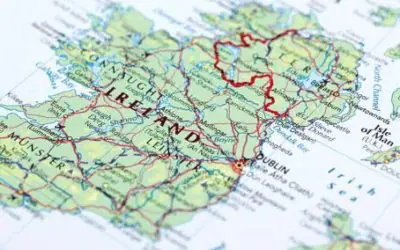
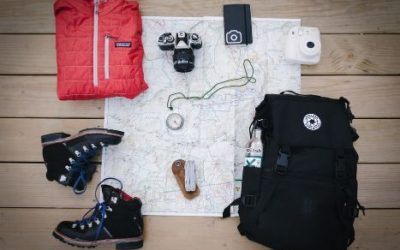
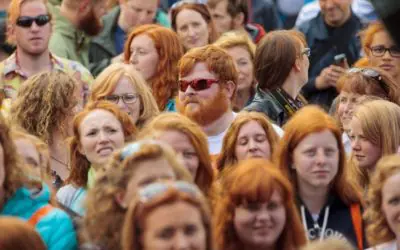
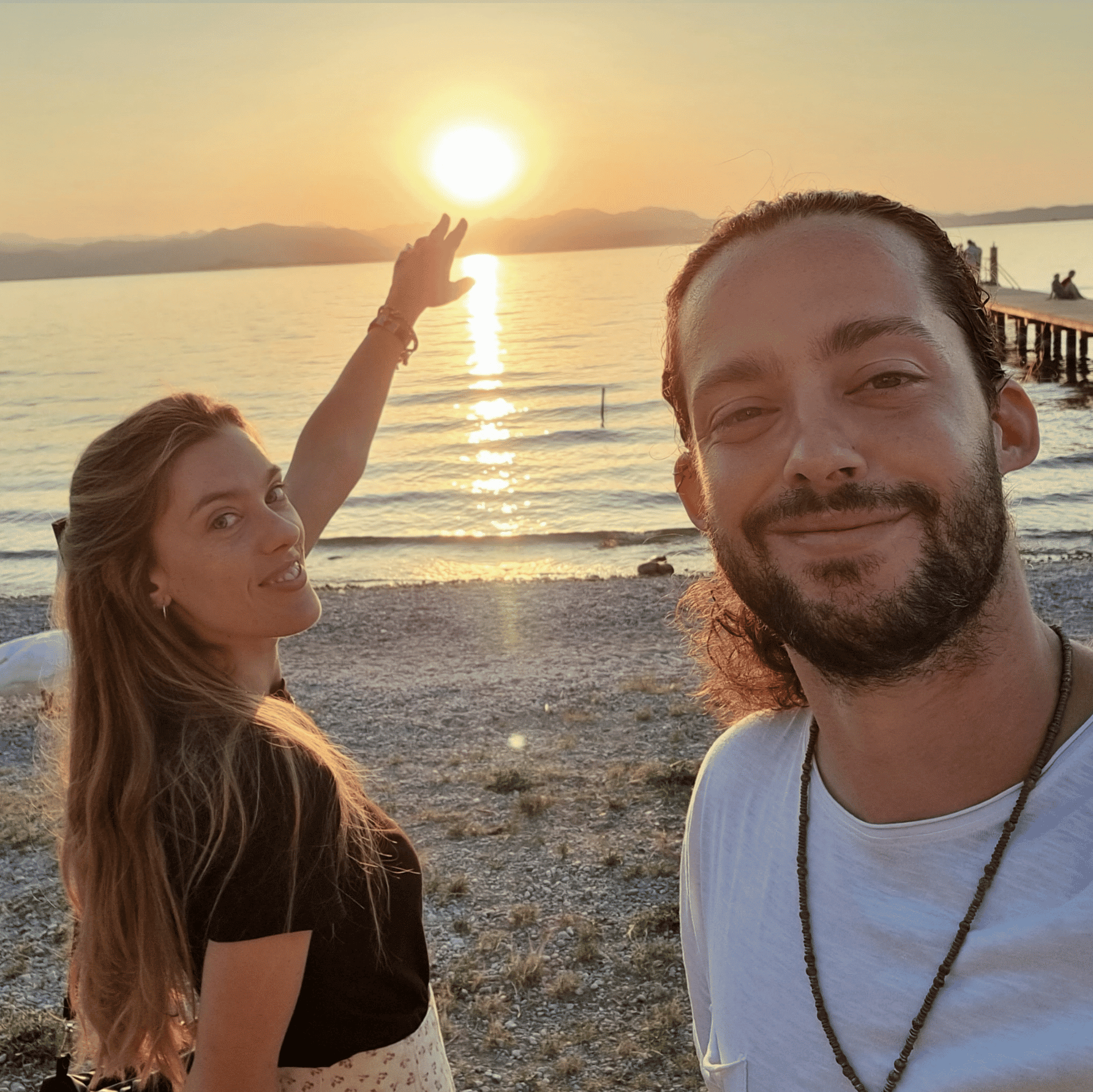
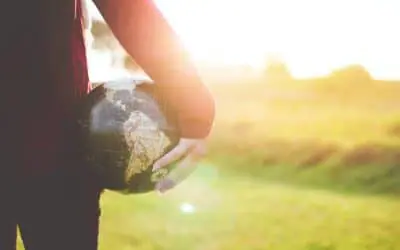

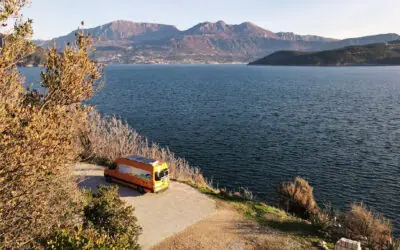
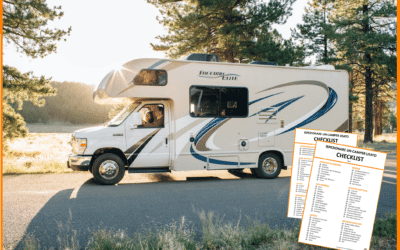
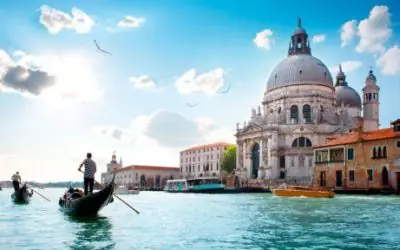
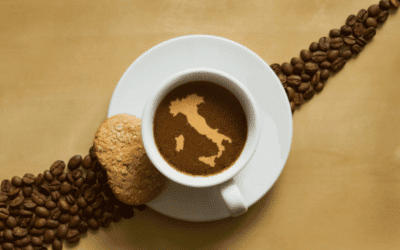
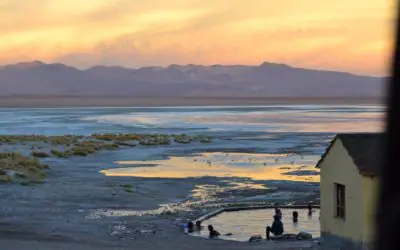
0 Comments